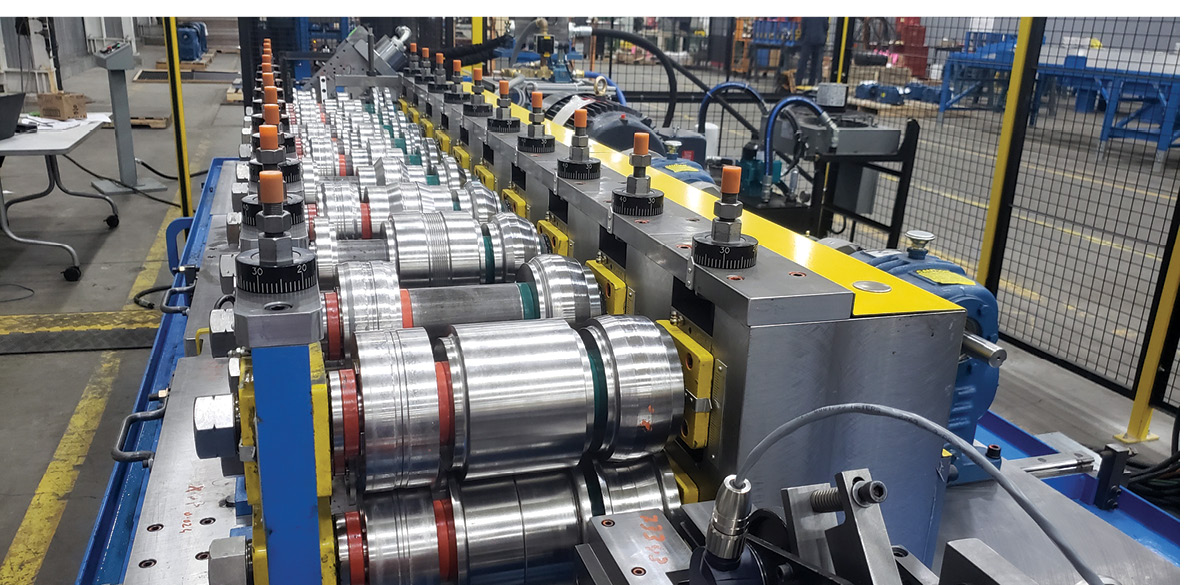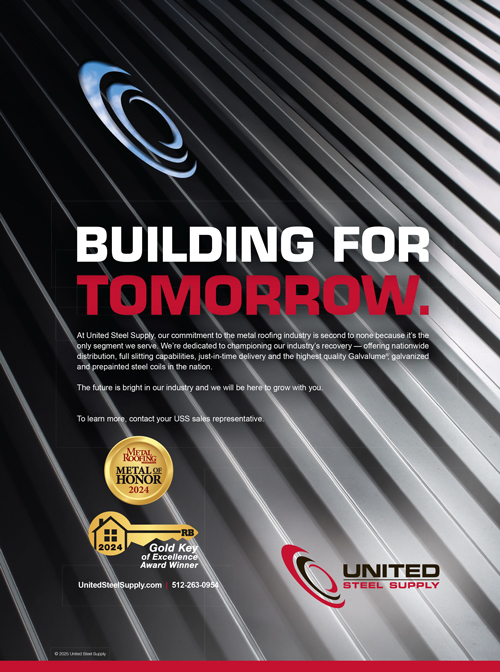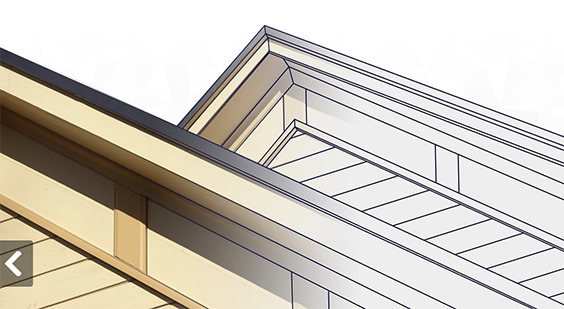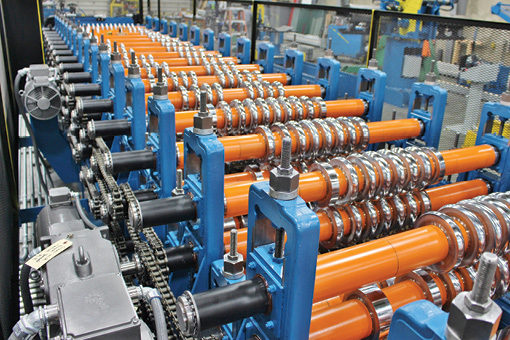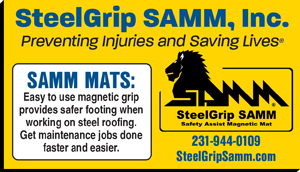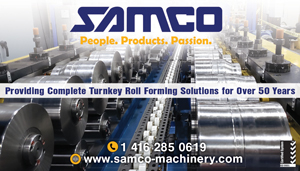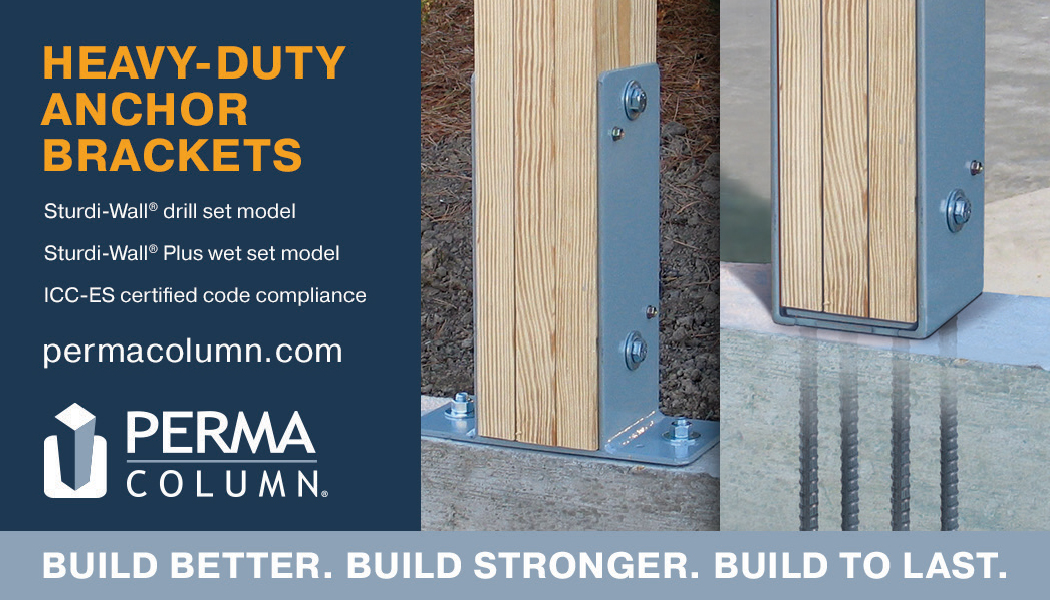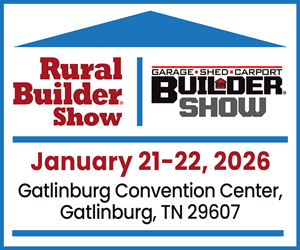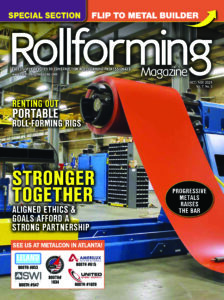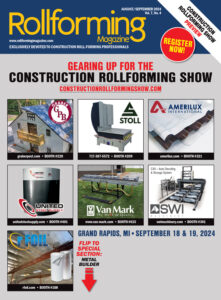Roll-Forming Changeovers Evolve to Tool Repositioning
■ By Joe Repovs, Founder, Samco Machinery
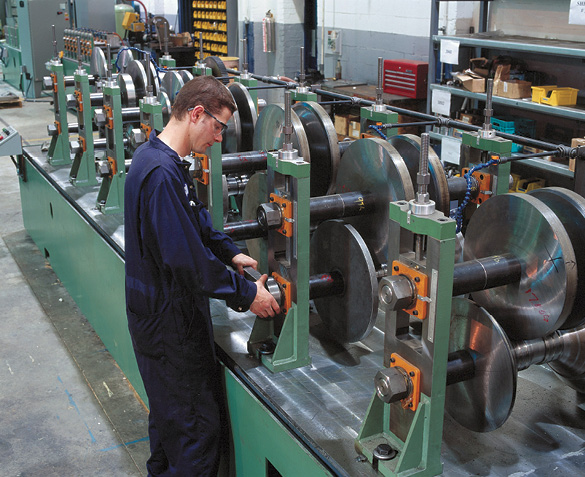
Things weren’t always simpler in so-called simpler times. Until the early 1970s, the image of tool changeovers within the roll-forming industry was of an operator—or several operators—laboriously removing clumsy stands and heavy roll tooling and reloading with a different set of roll tooling.
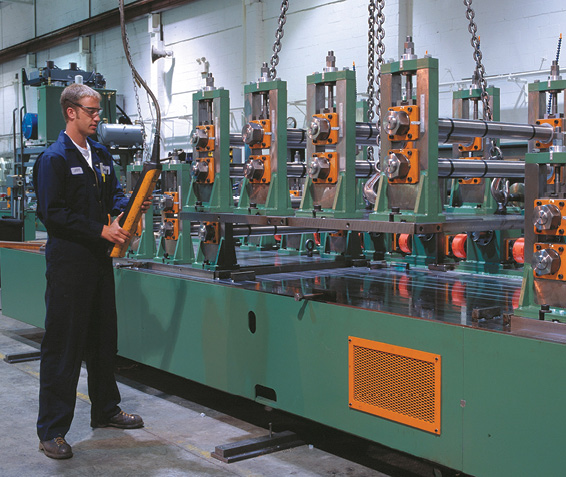
Depending on the number of stations and the number of rolls, a tool changeover could take anywhere from 4 to 12 hours. That’s a lot of time for your roll former to be “out of service” and, therefore, not making you money. This, by and large, is still the story in the custom roll-forming industry, where the business model is to provide roll-forming services to customers with small batch runs or those who have no desire to invest in or develop in-house expertise. We’ll come back to that issue.
In many industries today, we no longer think in terms of tooling changeovers, but rather in terms of “tool repositioning.” In the steel framing industry, for example, the requirement is for repositioning the tooling to produce C and U profiles from a width of 1.65″ to 14″ or 16″ wide with a flange height of 1.25″ up to 3″ or 4″ and gauges ranging from 26 to 12 or 10. It sounds complicated, but it’s not and it now can be accomplished through electro-mechanical means. It requires no tooling changeover.
The metal building industry, with the use of C, Z, and U channels in various widths, flange heights, and gauges, is another beneficiary of repositioning technology. The storage industry, with its use of various sizes of posts and beams, has also gained roll-forming efficiency through repositioning technology.
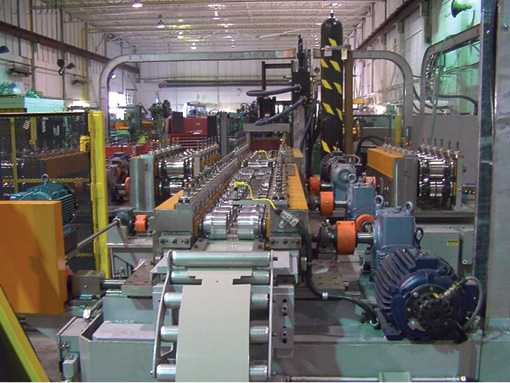
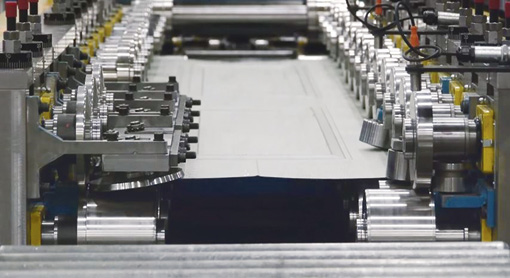
Another use of repositioning is with side-by-side-by-side tooling setups, commonly used for accessory profiles in the drywall industry. Several sets of tooling can be permanently positioned on stands mounted on a plate that can be aligned with the accompanying equipment.
Rafting is another technology that has helped many industries eliminate time-consuming tooling changeovers. Roll tooling is mounted on a permanent set of stands, which are mounted on plates that can be lifted into position on the roll-forming base. This was initially popularized by the cladding and roof deck industry. Some of these profiles have more than 400 rolls in a set! Imagine the changeover time involved with those roll formers.
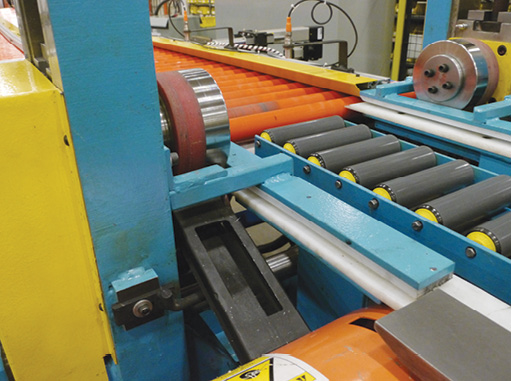
Another technology that has been gaining intensity is the combination of multiple machinery designs into one. For example, a thru-shaft roll former can be combined with a stub-shaft-type roll former, adding extra-dimensional possibilities. Adding partial rafting to this concept can further increase the possibilities.
An interesting development, particularly enjoyed by the garage door industry, is the ability to engage certain roll-forming stations upon demand to add or subtract ribbing and/or change the positioning of the ribbing.
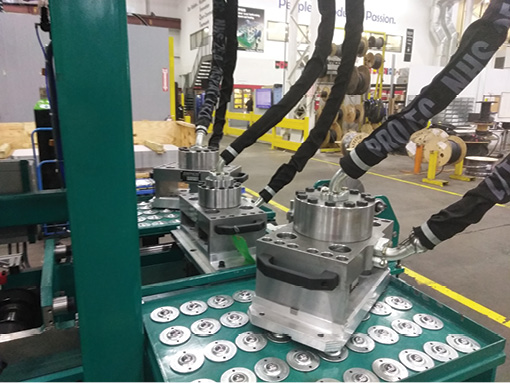
The garage door industry is also seeing a trend where roll formers use the same width coil for the front and back panels by providing the capability to edge trim on alternate sheets, thereby enabling finished assembly at the end of the line without extra coil handling. This not only eliminates the need to handle extra coil, it also reduces inventory on both the coil and finished product.
Certain industries are inviting manufacturers to engineer the ability of the roll-forming line so that it alters the orientation of the roll-formed parts from one piece to the next through electromechanical means. This helps to provide the orientation for the next operation.
No discussion of tooling changeovers would be complete without mentioning the pre-punch/post-punch and cutoff dies. The most common method to remove and change these dies is by forklift. Some manufacturers have attained a level of success by attaching conveyor tables to the presses where dies can be stored while not in use. The advantage here is that the dies can be manually repositioned.
Circling back to custom roll forming, this industry has had a difficult time developing improved technology to reduce changeover times. Consequently, custom roll-forming companies are able to perform at a 20% to 50% efficiency rate. With the low run volumes, the roll formers are on tooling changeovers up to 50% of the time. One improvement includes the addition of rafted roll formers with an extra set of rafts, enabling offline changeovers while the machine is in operation. This reduces changeover times by 50% to 80%.
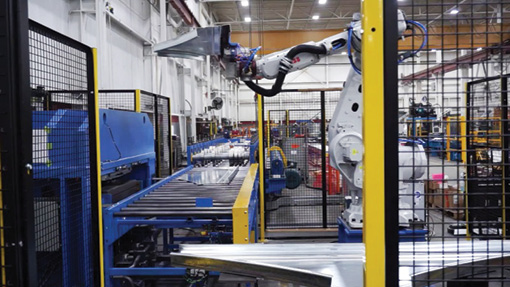
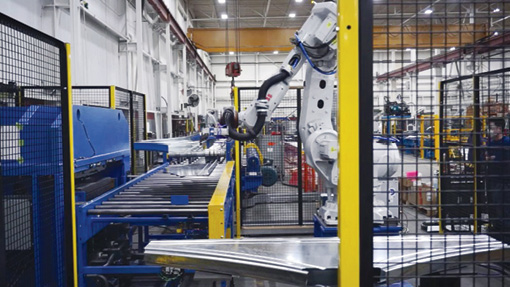
The roll-forming industry is already experiencing an increased use of robots for end product handling. There will eventually be a development where automation can remove nuts and outboard stands, slide the rolls off the shaft, and then pick up new rolls and spacers to slide on. This may require a “reimagining” of the outboard stand construction. Demographics may force manufacturers to investigate other options for some of this manual work. All in the name of speed. RF
Maintaining ISO 9001 certification, Samco Machinery manufactures roll-forming machines, uncoilers, roll tooling, presses, and material handling solutions servicing a multitude of customers worldwide in varied industries. Visit www.samco-machinery.com.
Originally published as “All In The Name of Speed” Fall 2020 issue Rollforming Magazine.


